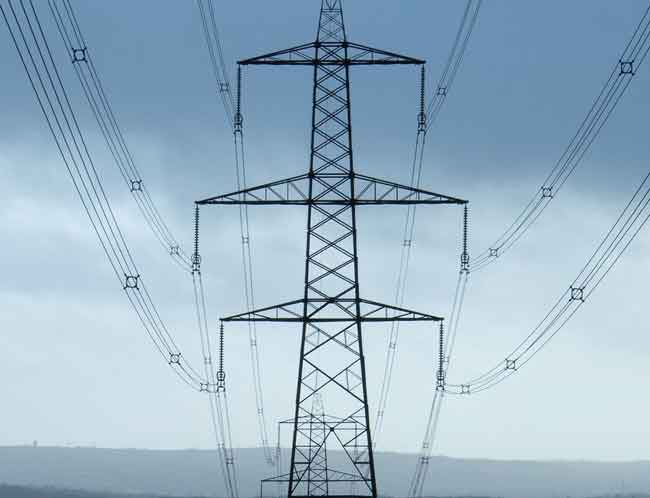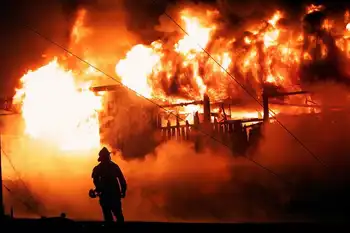Energy North Closes Share Offering
CALGARY -- - Energy North Inc. announced that it has closed a private placement of 6,226,000 flow-through common shares for gross proceeds of $1,556,500. Salman Partners Inc. and Dominick & Dominick Securities Inc. acted as the agents for this private placement, priced at $0.25 per flow-through common share.=
Proceeds of the private placement will be used to fund exploration and development expenditures in 2002 and 2003. Energy North will renounce Canadian Exploration Expenses (CEE) equal to the subscription amount for the flow-through common shares in 2002.
Energy North is concentrating its exploration and exploitation efforts in three natural gas and light oil areas in Alberta in which it has had considerable success adding high netback, low operating cost production and long-life reserves. The company expects to spend approximately $9 million in 2003 and plans to drill 35 wells.
Energy North Inc. is a growth-oriented oil and gas exploration and development company focused on the Western Canadian Sedimentary Basin where it is engaged in the production and exploration of natural gas and oil reserves. The company owns significant working interest in several central and eastern Alberta producing properties and is involved in multiple exploratory properties in southwestern and west central parts of the province.
Related News

Europe Is Losing Nuclear Power Just When It Really Needs Energy
PARIS - Europe's Nuclear Energy Policy shapes responses to the energy crisis, soaring gas prices, EU taxonomy rules, net-zero goals, renewables integration, baseload security, SMRs, and Russia-Ukraine geopolitics, exposing cultural, financial, and environmental divides.
Key Points
A policy guiding nuclear exits or expansion to balance energy security, net-zero goals, costs, and EU taxonomy.
✅ Divergent national stances: phase-outs vs. new builds
✅ Costs, delays, and waste challenge large reactors
✅ SMRs, renewables, and gas shape net-zero pathways
As the Fukushima disaster unfolded in Japan in 2011, then-German Chancellor Angela Merkel made a dramatic decision that delighted her country’s anti-nuclear…




